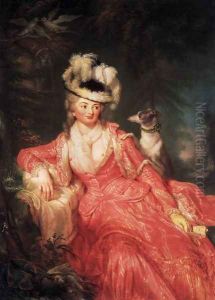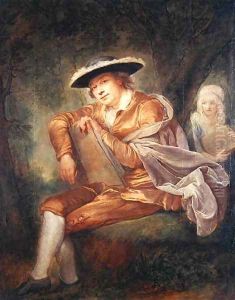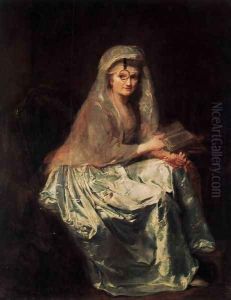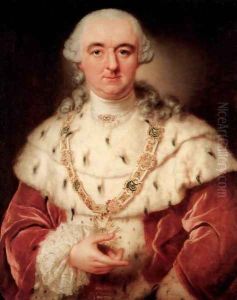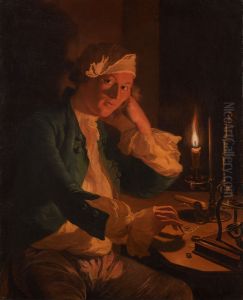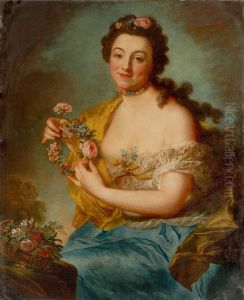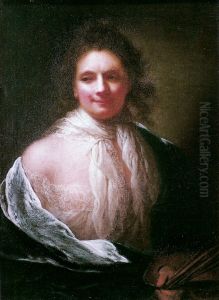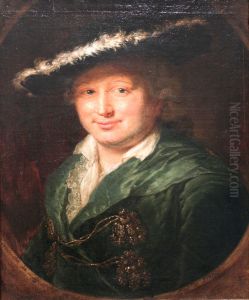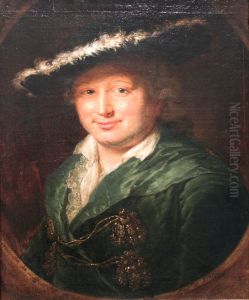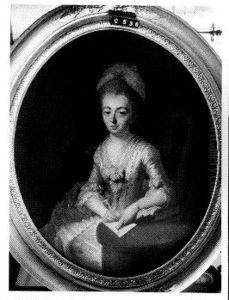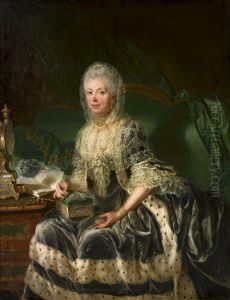Anna Dorothea Therbusch Paintings
Anna Dorothea Therbusch (nee Lisiewska) was an 18th-century German painter, known for her portraits and a significant figure among female artists of her time. Born on July 23, 1721, in Berlin, she came from an artistic family; her father, Georg Lisiewski, was a painter, and her brothers were also trained in the arts. Therbusch received her initial training from her father, which was quite uncommon for women at the time, as professional art training was typically reserved for men.
Therbusch married a Berlin innkeeper at a young age and for a while abandoned her painting career to focus on her family. However, her marriage did not last, and following her separation, she returned to her artistic pursuits with a renewed vigor. In the 1760s, she traveled to Paris, a center for artistic development, where she became a member of the Académie Royale de Peinture et de Sculpture in 1767, an exceptional achievement for a woman of her time. During her stay in Paris, she painted portraits of several notable figures, including the philosopher Denis Diderot.
Despite her success in France, Therbusch struggled to achieve the same recognition in her native Germany. Nonetheless, she continued to work and receive commissions from royalty and aristocracy, and her works were characterized by a strong sense of realism and detailed texture, particularly in her portrayal of skin and fabric. She was praised for her honest and unflattering depiction of her subjects, a departure from the idealized portraiture that was prevalent during her time.
After her time in Paris, Therbusch returned to Berlin, where she continued to paint and contributed to the city's cultural scene until her death on November 9, 1782. Today, her work is recognized for its quality and for the barriers she broke as a woman artist in the 18th century. Her legacy is preserved in the collections of various museums, and she is celebrated as a pioneer for women in the arts.
